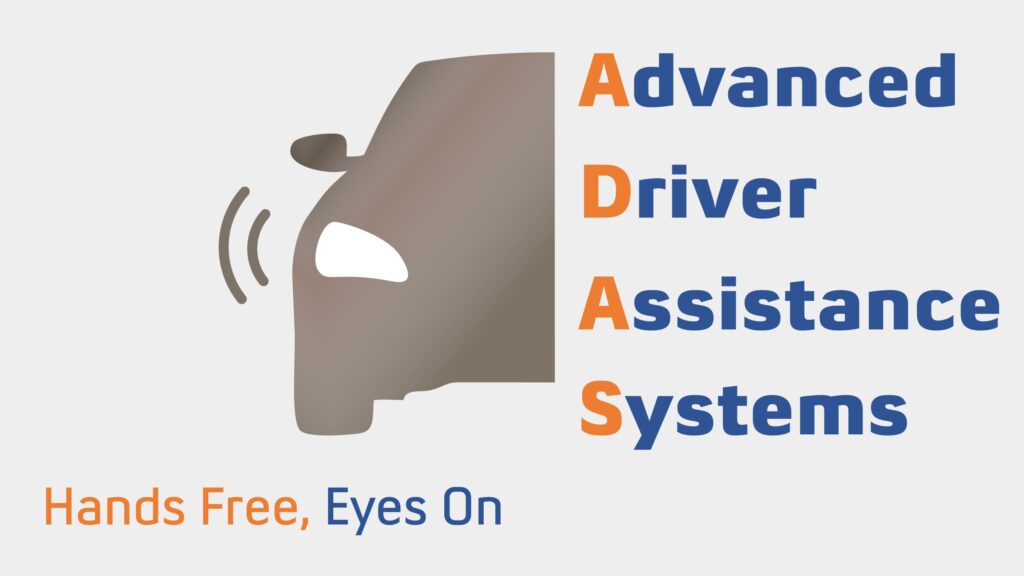Blog
Driver education as an opportunity to properly use technologies that automate driving
Research conducted by the consortium of the AV-PL-ROAD project, which also included the Motor Transport Institute, showed that raising the awareness and level of knowledge of drivers and candidates for drivers in the use of driving automation systems will ensure proper and safe interaction between a human and a vehicle. Traffic participants, and above all drivers, should know the principles of operation of individual systems (especially those installed in their vehicles) and know when their operation may be disrupted.
As part of the implementation of the Trustonomy project, the Connected and Autonomous Vehicles Competence Centre (CK:PAP) was the leader of the driver training pillar. In cooperation with professional driving schools and centres for improving driving techniques, as well as representatives of vehicle manufacturers (Solaris, Scania), the Centre’s experts have developed new methods of training drivers using ADAS (Advanced Driver Assistance Systems). The new training methodology has been developed for drivers of individual vehicles, but also for drivers of buses and trucks. The training material was also developed based on the results of research and analyses carried out as part of the AV-PL-ROAD project. The training covers the scope of knowledge necessary for the proper use of the systems. First of all, the following should be distinguished:
- system activation/deactivation,
- ability to understand messages,
- normal operating conditions,
- change of settings,
- limitations in operation,
- taking care of the sensors.
The training was divided into three stages: theoretical training, practical training and assessment. In order to increase the attractiveness of training, CK:PAP experts have developed an innovative tool in the form of an advanced SimYouLearning e-learning platform. The platform simulates the operation of a system that automates driving, while actively engaging the trainee in the driving task. The platform was used for driver training as part of the project.
The completed works made it possible to formulate recommendations for changes in the driver training system and present them in the “Position paper” developed by CK:PAP and the European Driving Schools Association (EFA). The document was published in November 2022 on the website of the European Driving Schools Association and contains i.a. recommendations on modern methods of training drivers in the safe use of driver assistance systems.
In the next stages of CK:PAP’s activity, it is planned to conduct information campaigns on the benefits and opportunities resulting from automation and further cooperation with driver training centres in the field of improving driving techniques, as well as the expansion of the e-learning platform and its extensive use to increase the competence of drivers.
Activities aimed at educating consumers in the field of automated driving assistance systems are also undertaken by other entities. General Motors (GM) has launched the “Hands Free, Eyes On” educational program to increase awareness of automated driving systems and thus increase consumer confidence in the use of Advanced Driver Assistance Systems (ADAS). It was assumed that the increase in knowledge of new technologies that automate driving will be conducive to building trust and willingness to use them.
GM recognizes the need to educate drivers to reduce fears and misconceptions about ADAS while highlighting the benefits of automated driving systems, especially as they become globally popular. above all, to inspire the trust of current and potential users in this technology.
GM’s goal is to help drivers understand how current technologies work, how to use them properly and safely, and what the driver’s responsibility is when using ADAS. GM will provide ADAS educational resources and best practice information on the company’s website and social media channels.
Source:
news.gm.com
www.efa-eu.com
Grabarek I., Kozłowski M., Czerepicki A., Bęczkowska S., Zysk Z., Kruszewski M., Pełka M., Balke I., Lewandowski S., Założenia do „Mapy drogowej” wprowadzania pojazdów autonomicznych (CAD/CAV) w Polsce, Raport z zadania 3 projektu AV-PL-ROAD, zasoby własne ITS.


